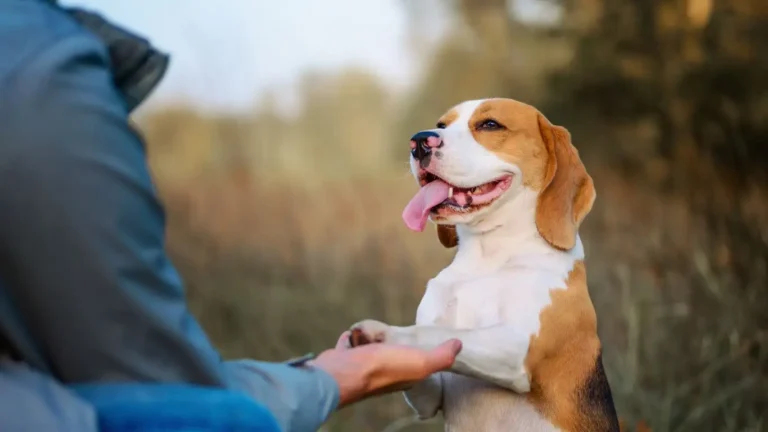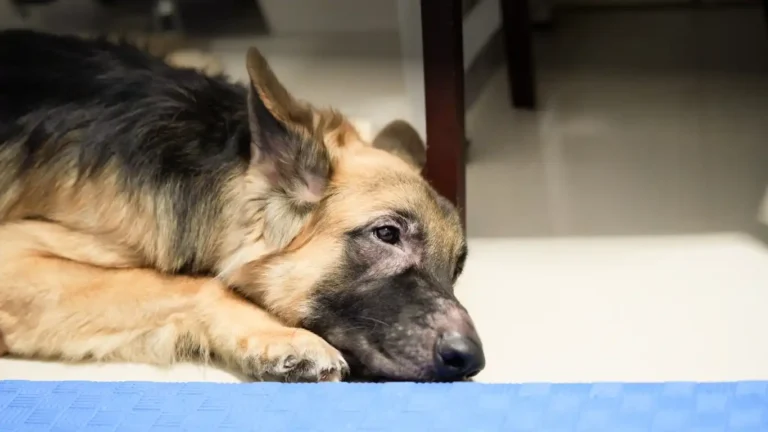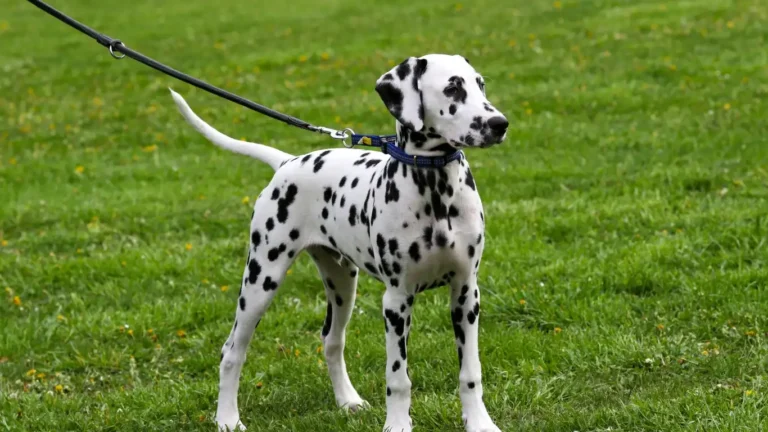How to Train a Dog to Use a Doggy Door: Step-by-Step Guide
Training a dog to use a doggy door is one of those tasks that sounds easier than it often is. As a Veterinary Technician with a specialty in nutrition, I’ve had my fair share of experiences helping dog owners train their pets on everything from meal times to bathroom habits. When it comes to teaching your dog how to use a doggy door, however, there’s more to it than just showing them the way. There are a few things to consider to ensure your pup not only learns quickly but also remains safe and happy while using their new access point. In this guide, I’ll walk you through how to train a dog to use a doggy door, step by step, with some personal tips and tricks that have worked for me over the years.
Why a Doggy Door Can Be a Game Changer
Before we jump into training techniques, let’s talk about why doggy doors are such a great investment for both you and your dog. As a pet owner, you know the importance of having a healthy routine. A doggy door can help with that by giving your dog more independence, allowing them to go outside when they need to, without you having to open the door every time. But more than just convenience, doggy doors can provide mental and physical stimulation for your dog, especially if you have a curious or energetic breed.
In my experience, many dogs quickly learn to love the freedom a doggy door offers. It gives them the ability to explore their surroundings at their own pace, which can reduce anxiety and help with boredom, especially for dogs that spend a lot of time alone when their owners are at work or running errands. Plus, it’s an excellent way to let your dog enjoy some fresh air and get a bit of exercise while you relax indoors.

How to Train a Dog to Use a Doggy Door: Step-by-Step
Training your dog to use a doggy door is all about patience and consistency. Not all dogs will understand the concept right away, but with the right approach, most will catch on in a few days. Here’s how to get started:
1. Choose the Right Doggy Door for Your Dog
First things first, make sure you’re choosing the right doggy door. There’s no one-size-fits-all when it comes to pet doors, so you’ll need to consider your dog’s size, breed, and comfort level with the door. For instance, a large, heavy door may be intimidating for a small dog, while a tiny, flimsy door might not be sturdy enough for a bigger dog.
One tip I always give to my clients is to choose a door that’s easy for your dog to push open. Dogs don’t always understand the mechanics of pushing through a door, so a flap that’s too heavy or stiff can frustrate them. Go for a lightweight door with a clear, simple design.
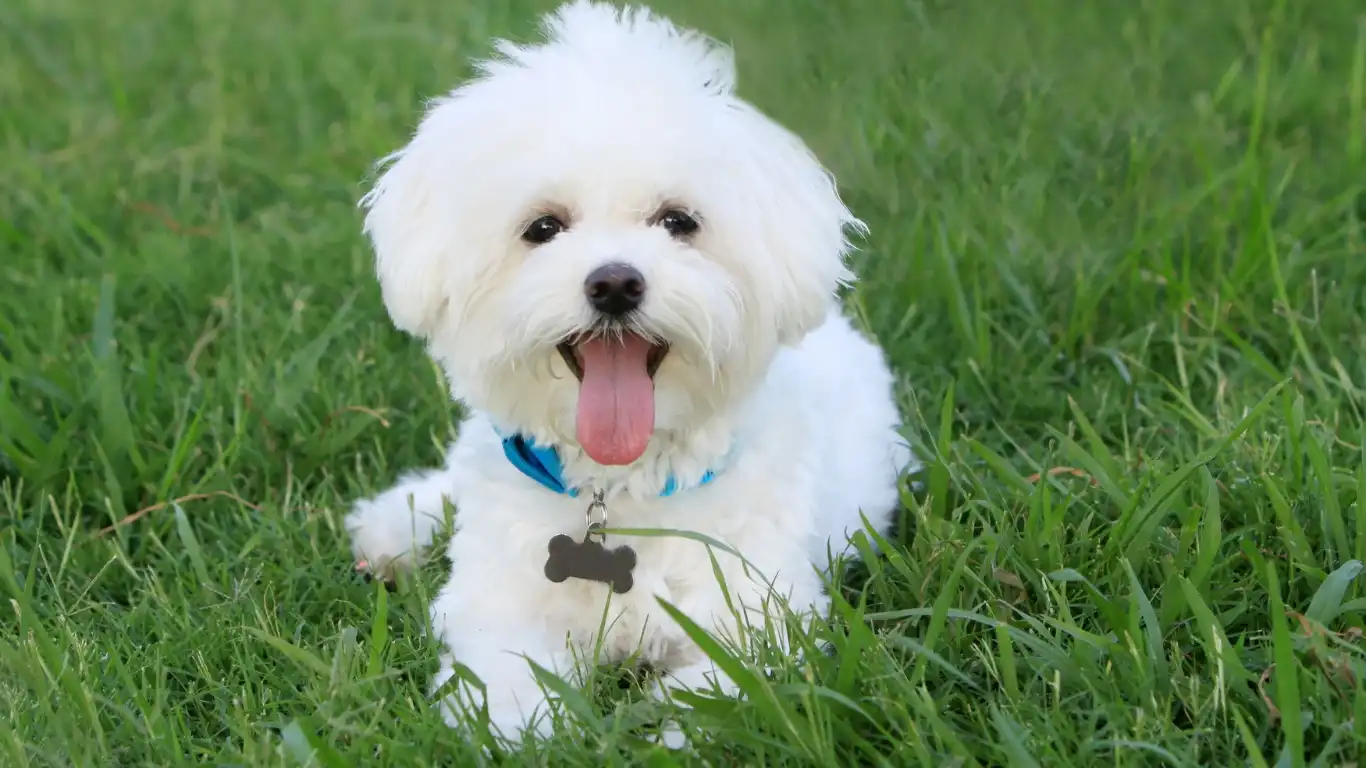
2. Introduce Your Dog to the Door
Once you’ve got your doggy door in place, it’s time for the introduction. Take things slow—this is the key to success. I recommend starting with some positive reinforcement techniques, like treats and praise, to create a positive association with the door. You can hold a treat in front of the door, allowing your dog to sniff it, and when they get curious, gently encourage them to step closer to the door. Don’t force them through it just yet—let them take the lead. Every time they approach or show interest, give them lots of praise and a treat.
In my experience, dogs that are hesitant about new things need gentle encouragement. Some dogs will immediately gravitate toward the door, while others may need some time to get comfortable with the idea. If your dog seems scared or unsure, don’t rush them—take it one step at a time.
3. Encourage the Door to Open and Close
After a few successful approaches to the door, it’s time to start introducing the idea of actually moving through it. This is where many dog owners get a bit stuck, but trust me—it’s easier than it seems. To help your dog feel more confident, start by gently pushing the door open while they’re close to it. You can also use treats to entice them to walk through the opening. Hold a treat on the other side of the door, so they have a clear reason to push through. Keep the sessions short, and make sure to praise your dog when they take even small steps.
Once your dog gets the hang of pushing the door open, you can start encouraging them to go through it on their own. Be patient during this phase—some dogs may need a little extra time to realize that they’re fully capable of opening and going through the door on their own.

4. Make It a Routine
As with any form of training, consistency is key. It’s important to make using the doggy door a regular part of your dog’s daily routine. Practice several times a day, ideally when your dog is already in a playful or motivated mood. I’ve found that dogs are much more likely to engage with the door if they’re already in a fun or excited state of mind. Plus, the more they practice, the quicker they’ll catch on.
One thing I always remind owners is to keep training sessions short and positive. If your dog is feeling frustrated, take a break and try again later. Training a dog to use a doggy door is a marathon, not a sprint!
Understanding the Challenges: What to Do If Your Dog Is Struggling
Even with all the right steps, some dogs might take longer than others to adjust to the doggy door. If your dog is having trouble, there are a few common challenges that could be at play:
- Fear of the door: Some dogs may be scared of the door or the noise it makes. If this is the case, you might need to desensitize them to the sound and movement by slowly exposing them to it over time.
- Too much stimulation outside: If your dog gets distracted by things outside, like birds or other animals, it may take longer for them to focus on using the door. Try training in a quieter, distraction-free environment first.
- Physical limitations: If your dog has physical issues or is a senior dog, they may have trouble pushing the door open. In these cases, consider using a softer door or one that’s easier to manipulate.
It’s always important to consider your dog’s individual needs. With some extra patience, any challenges can be overcome!
Overcoming Common Mistakes When Training a Dog to Use a Doggy Door
When you’re teaching your dog to use a doggy door, it’s not unusual to encounter a few bumps along the way. In my years of experience working with dogs, I’ve seen it all—from dogs who refuse to go through the door to owners who get frustrated and almost give up. Don’t worry if things aren’t progressing as quickly as you’d like! With the right approach, you can avoid common pitfalls and get your dog comfortable with the doggy door in no time. Let’s dive into some common mistakes to avoid and how to handle them.
1. Rushing the Process
One of the biggest mistakes I see when training dogs on new behaviors is owners rushing the process. It’s completely understandable—you want your dog to learn quickly, and you want that newfound freedom. But the truth is, every dog learns at their own pace. Some might take to the doggy door almost immediately, while others need a little extra time to adjust. Remember, patience is key! If you rush your dog, they may become confused or even fearful of the door, which will only delay the process.
My advice? Take it slow. Celebrate every small victory, whether it’s your dog sniffing the door or pushing it open for the first time. Don’t get discouraged if they don’t immediately rush through. Keep the sessions short and fun, and remember that repetition and consistency are your best friends here.
2. Using Negative Reinforcement
Another common mistake is relying on negative reinforcement to try and get your dog to use the doggy door. Yelling or pushing your dog through the door will only create fear and anxiety around the door, which could make things much harder in the long run. Trust me, I’ve seen this happen with a few clients, and it always sets the training back. Instead of forcing your dog, focus on positive reinforcement—treats, praise, and encouragement go a long way in building confidence.
One of my favorite techniques is to use the “lure and reward” method. Hold a treat on the other side of the door, just out of your dog’s reach, and encourage them to go through the door to get it. This positive association with the door will help your dog feel more comfortable and motivated to use it. Make sure the environment is calm and supportive, with no pressure on them to perform. The more relaxed your dog feels, the better the outcome.

3. Not Considering Your Dog’s Personality
Every dog is different, and it’s crucial to take their individual personalities into account when training them. Some dogs are naturally curious and will love the idea of a doggy door right away. Others might be more cautious or even a little fearful of new things. As I’ve learned through years of working with pets, a dog’s temperament plays a big role in how quickly they will adapt to a new training routine.
If you’ve got a particularly nervous dog, it might take a bit longer for them to get comfortable with the idea of using a doggy door. Start with baby steps and give your dog extra time to explore the door and surroundings without any pressure. Conversely, if you have a dog that’s highly motivated or energetic, they might catch on faster and need less encouragement.
4. Forgetting to Secure the Door
Once your dog starts using the doggy door, don’t forget to secure it when it’s not in use. Leaving the door flapping open all the time can cause several issues. First, it may be an invitation for unwanted animals to wander into your home, especially if you live in an area where wildlife is common. Second, it could also be a distraction for your dog, and they might start using it too much—or in inappropriate situations like the middle of the night when you don’t want them to!
Many doggy doors have features that allow you to lock or secure them when needed. You can also purchase doors that automatically lock after your dog passes through, ensuring no other pets or animals can get in. I always recommend locking the door when you’re not actively training, to help your dog maintain a sense of routine and prevent them from getting over-excited about the door. This also helps with managing any distractions outside that might take your dog’s attention away from their training.
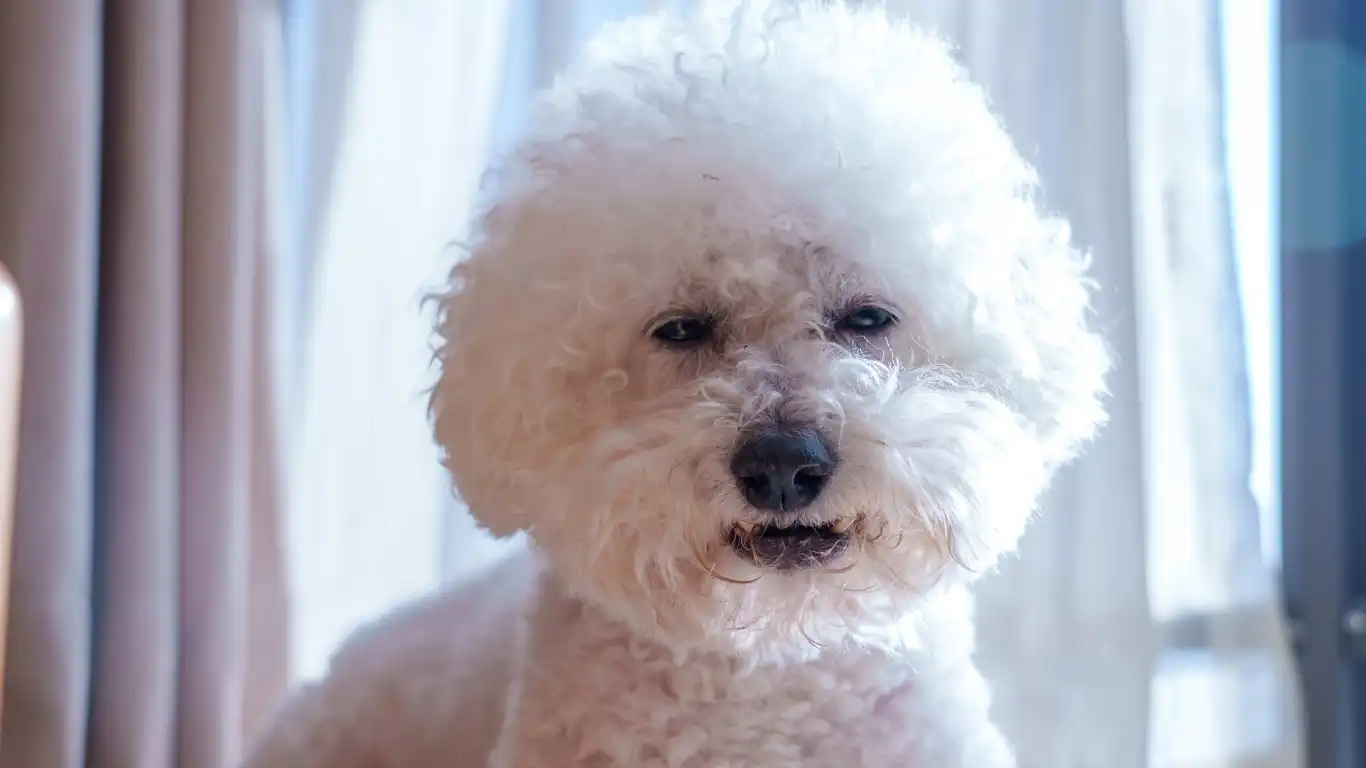
Maintaining Your Dog’s Confidence Through Training
While training your dog to use a doggy door is often straightforward, maintaining their confidence during the process is crucial. This will ensure that your dog feels secure using the door on their own and not just with your assistance. Here are a few more tips that can help maintain your dog’s confidence throughout the training process.
1. Gradually Increase the Distance
Once your dog is confidently going through the doggy door with your encouragement, it’s time to take things a step further. Start by gradually increasing the distance between you and the door. This helps your dog build independence. Instead of standing right by the door, take a few steps back while your dog is in the process of going through. You can continue to reward them for each successful attempt. This gradual shift in distance helps to instill confidence and shows your dog that they can do it without you standing next to them.
2. Introduce Distractions Slowly
As your dog gets more comfortable with using the doggy door, you can begin to introduce mild distractions. Start by practicing when it’s quiet outside, and gradually introduce sounds or objects that might catch your dog’s attention. This could be the sound of a car passing by or a squirrel in the yard. This is a great opportunity to work on their focus and reinforce their training. Always make sure to reward your dog when they stay focused and use the door correctly, even with distractions present.
3. Keep the Experience Positive
As with any form of training, keeping the experience positive is essential. Remember that even if your dog is not making as much progress as you had hoped, they are still learning. Keep reinforcing positive behaviors, and don’t forget to celebrate the small wins. I’ve found that positive reinforcement isn’t just a great training tool—it helps to build a lasting bond of trust between you and your dog, which is key in any training process.

What to Do When the Training Doesn’t Seem to Be Working
So what happens if, despite your best efforts, your dog is still hesitant to use the doggy door? It’s important to stay calm and not rush to conclusions. It’s completely normal for some dogs to take longer to adjust, and that’s okay. Here are a few things you can try if your dog is struggling:
- Revisit the Basics: Go back to the first step and ensure your dog is comfortable with the door. Some dogs may need to start from scratch, especially if they’ve been frightened by the door during the process.
- Use a Different Type of Door: Some dogs may not be able to handle the specific type of door you’ve chosen. If they’re struggling with the flap or the size of the door, consider switching to a different model that might be easier for them to use.
- Consult a Professional Trainer: If all else fails, consider reaching out to a professional dog trainer who can help with more specific techniques tailored to your dog’s personality.
Maintaining the Doggy Door After Training: Tips for Long-Term Success
Now that your dog is using the doggy door confidently, it’s time to think about maintaining both the door and your dog’s new skills. Many pet owners focus solely on the initial training process and forget about ongoing upkeep. As a Veterinary Technician, I’ve learned that keeping the training consistent and ensuring the door remains in good working condition are key to the success of your training efforts in the long run.
1. Regularly Clean the Door
It might sound simple, but it’s easy to overlook the cleanliness of the doggy door. Over time, dirt, mud, and even dog hair can accumulate on the door, making it harder for your dog to push it open and potentially causing wear and tear. Regularly clean both the flap and the surrounding frame to make sure it’s operating smoothly. I recommend wiping down the door at least once a week and giving it a more thorough cleaning every month.
Some doggy doors have flaps that are easy to remove and clean, while others may require a bit more effort to maintain. Either way, keeping the door in good shape will make it more appealing and functional for your dog, ensuring they can use it without any hassle.
2. Check the Door’s Safety Features
Once your dog is using the doggy door regularly, it’s crucial to check the door’s safety features regularly. Some doggy doors come with locking mechanisms to prevent unwanted animals from entering your home when your dog is not using the door. These can be incredibly useful, especially if you live in an area where wildlife or stray animals are a concern. Other doors have magnetic or automatic locking features that keep the door shut when not in use.
Make sure the door still opens and closes smoothly, and that any locks or security mechanisms are functioning properly. Periodically test the system to ensure it’s operating as it should. In my experience, pet owners who keep these features in top shape experience fewer issues with both their dog and unwanted guests!

Training Tips for Dogs That Continue to Struggle
Even after putting in the time and effort to train your dog to use the doggy door, there may be a few instances where your dog still struggles or becomes hesitant. While this can be frustrating, it’s important to remember that every dog learns at their own pace. As a Veterinary Technician, I’ve worked with dogs of all temperaments and backgrounds, and I can tell you that sometimes additional patience and creativity are required to push through the final hurdles.
1. Gradually Increase the Complexity of the Training Environment
If your dog is getting the hang of using the doggy door in a quiet, calm environment, it might be time to introduce some distractions. Start with mild distractions like a toy or a family member walking around. Gradually increase the level of distraction, introducing things like other pets or even people walking by the door. This helps desensitize your dog to the idea that life continues outside, even when they’re going through the door.
Some dogs may take longer to feel comfortable with the door if they’re easily distracted or anxious about their surroundings. In these cases, patience is even more important. Make sure to reward your dog for even small successes, and don’t get discouraged if they don’t progress right away.
2. Use Positive Reinforcement Consistently
Positive reinforcement is one of the most powerful tools in your training toolkit. Whether it’s treats, praise, or even a favorite toy, continue to reward your dog each time they successfully use the doggy door. Keep in mind that positive reinforcement isn’t just about giving treats every time—they should be given when your dog is demonstrating the behavior you want to encourage.
For instance, if your dog walks through the door without hesitation, that’s a moment to reward them. By consistently reinforcing the positive behavior, your dog will be more likely to repeat it. It’s amazing how much a little treat or some enthusiastic praise can help build your dog’s confidence over time.
3. Consider a Different Type of Door
If your dog is still struggling with the doggy door despite all your efforts, it might be time to reconsider the type of door you’re using. Not all doggy doors are created equal, and some may be harder for certain dogs to navigate than others. Some dogs may find flap-style doors difficult to push open, while others might not feel comfortable with sliding doors.
Consider switching to a door that’s easier for your dog to manipulate. Some newer models have softer flaps or automatic mechanisms that might be a better fit. I’ve seen dogs that initially struggled with manual flaps successfully transition to an automatic door that opens when they approach, making it easier for them to get the hang of it. If you’re still having trouble, it may be worth consulting with a professional trainer to see if a different door style would be a better fit for your dog’s needs.

When to Seek Professional Help
While most dogs can learn how to use a doggy door with enough time, patience, and consistency, there are a few cases where professional help may be needed. If you’ve been training your dog for weeks or even months without seeing any progress, or if your dog seems excessively scared or anxious about the door, it might be time to reach out to a professional dog trainer or behaviorist.
Professional trainers have a wealth of experience in handling dogs with different temperaments, and they can offer you personalized advice and strategies to overcome any roadblocks you might be facing. They may be able to identify specific behavior issues or fears your dog is experiencing that could be hindering the training process.
Additionally, a professional can guide you through advanced techniques to build confidence, work through anxiety, or desensitize your dog to the door. Sometimes, having an expert’s eyes on the situation can make all the difference and help both you and your dog move forward.
Disclaimer
The information provided in this article is for educational purposes only. It is not intended as a substitute for professional veterinary advice, diagnosis, or treatment. Always consult with a qualified veterinarian or professional dog trainer if you have concerns about your dog’s behavior or health.
For more information on dog training and behavior, visit trusted resources like The American Kennel Club or PetMD for expert advice on your dog’s needs.


